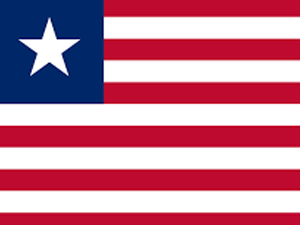 Liberia
Liberia
Differentiated Service Delivery in Liberia
Facility-Level
Coverage
%
% In Less-Intensive
Differentiated Treatment Models
%
Multi-month ART Dispensing
%
DART Model
Diversity
Differentiated Service Delivery Implementation in Liberia
Liberia joined the CQUIN learning network in September 2019. The Ministry of Health’s National AIDS and STI Control Program is committed to enhancing and creating differentiated service delivery (DSD) models to reach more recipients of care, with a focus on serving key and priority populations who are often most vulnerable to HIV.
Liberia’s current HIV service landscape includes community-based differentiated antiretroviral (ART) models including health care worker- and peer navigator-led groups for HIV testing and linkage for key and priority populations. Though community groups are active, gaps remain in formalizing DSD models and developing specific guidelines for groups guided by health care workers.
Liberia looks forward to leveraging the collaborative energy of CQUIN to innovate and enhance the country’s DSD landscape.
 Loading...
Loading...

Visit ICAP's Website for a broader portfolio of work in CQUIN network countries.
